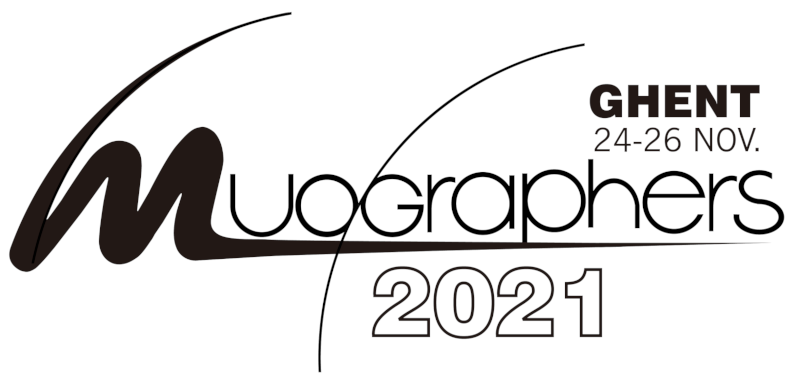Speaker
Description
During the last decade, Canadian Nuclear Laboratories (CNL) has been accumulating considerable experience in the development of muon radiography techniques with a focus on potential applications for nuclear security and safeguards. A unique muon tomography system with the ability to measure muon momenta, the Cosmic Ray Inspection and Passive Tomography (CRIPT) detector, has been operational at CNL since 2013. Building on that expertise, CNL has constructed and is commissioning a compact portable muon tomography system for field use. Recent advances at CNL in detection systems and data analysis techniques for muon radiography and practical applications will be presented including the three main achievements highlighted below.
A clustering-based algorithm that uses a nonparametric statistical test based on a reference case to determine the presence of high-density high-Z material, such as illicit nuclear material hidden inside a shipping canister, has been developed. The technique provides a single output – a simple ‘yes’ or ‘no’ – to confirm the presence of nuclear material. In contrast to other muon-based imaging methods, it does so without the need for a detailed visual reconstruction or human interpretation. The performance of the algorithm was demonstrated using experimental data obtained with the CRIPT detector. This new algorithm has the potential for many important applications in nuclear safeguards, including the security of nuclear facilities and nuclear materials controls (e.g., nuclear treaty verification efforts).
A novel attenuation-based muon computed tomography algorithm has been developed to enable imaging of large nuclear infrastructure using measurements from a single muon tracking module. The performance of the algorithm has been evaluated for seven different reconstruction techniques from the computed tomography literature. A muon-tomography reconstruction of a simplified simulated reactor core is able to accurately reproduce the geometry, including the identification of missing fuel channels, and can produce reasonable estimates of average stopping powers in high-density voxels.
Statistically differentiating lead and ceramic UO$_{2}$ (commonly found in reactor fuel) has been demonstrated for the first time using CNL’s CRIPT detector. These two materials have comparable radiation lengths, which makes measurements of the scattering angle distributions difficult to resolve. The inclusion of muon momentum information, provided by the momentum spectrometer, has enabled this first-of-a-kind measurement. This serves as a demonstration of the capability of muon scattering tomography as a non-intrusive inspection tool for nuclear safeguards applications.
